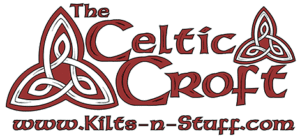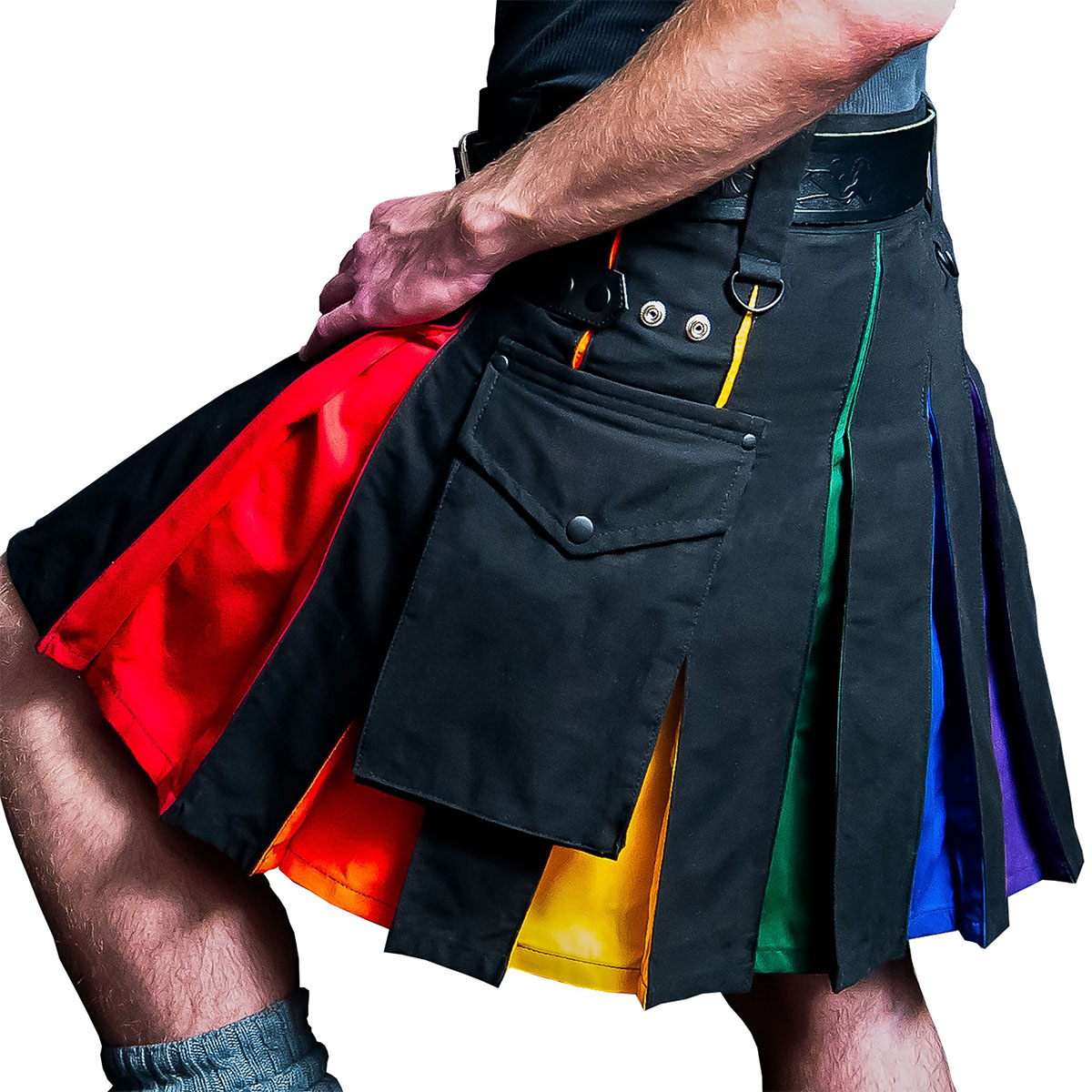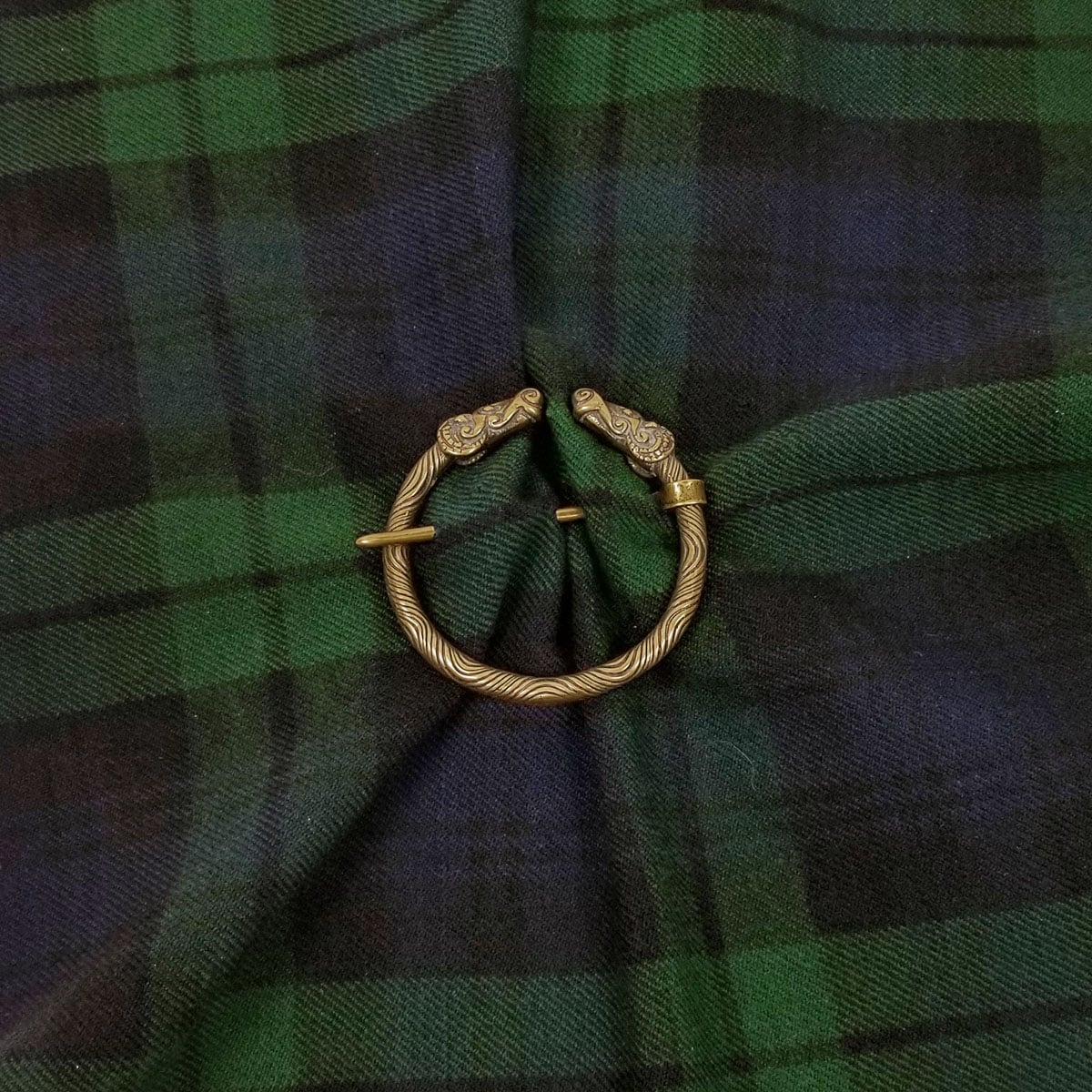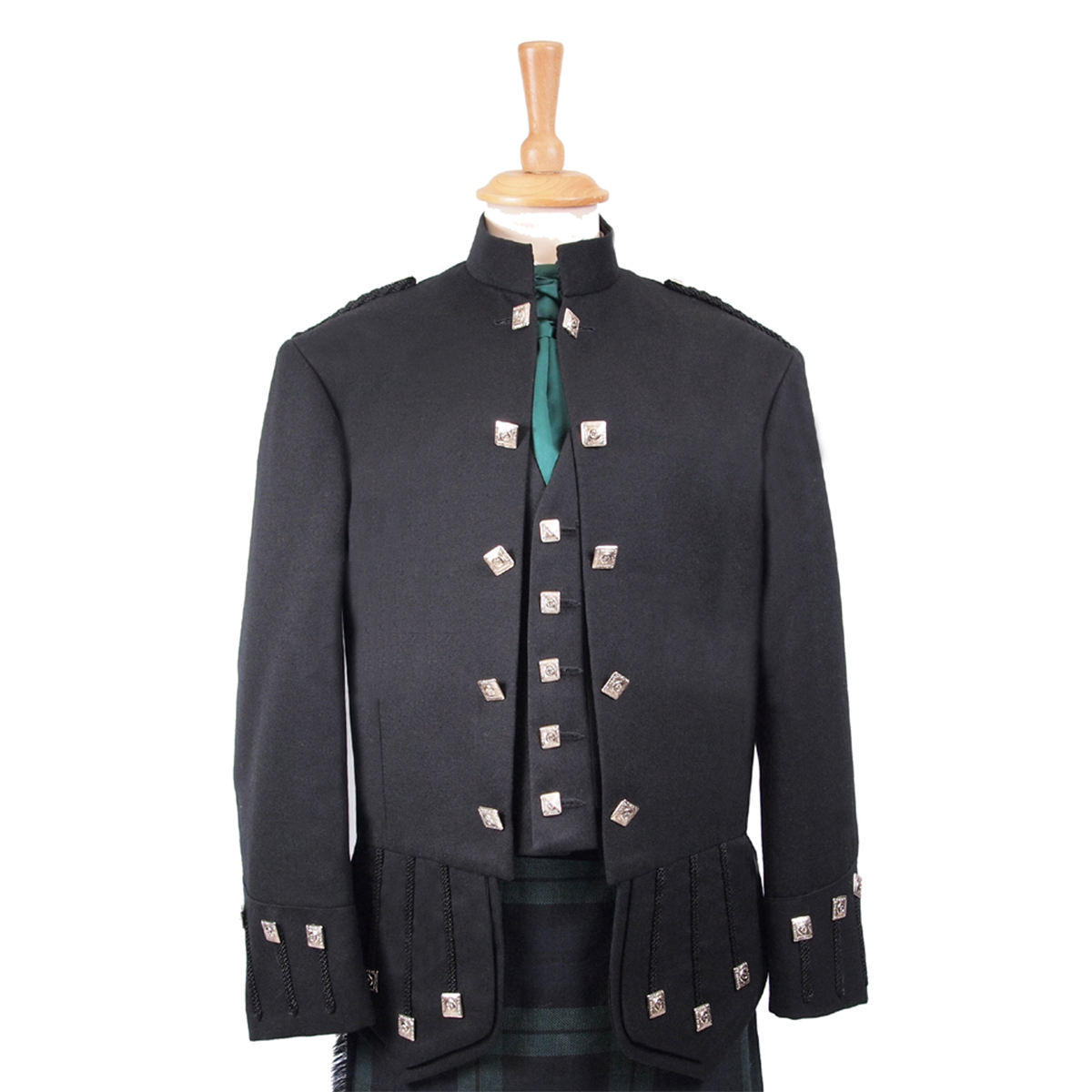Many beautiful stories of history and folklore explain the creation and adoption of essential symbols used in Celtic cultures. Shamrocks, Celtic Crosses, Celtic Trees of Life, Trinity knots, and, possibly, the most popular of Irish symbols, the Irish Claddagh, have all become pinnacles in understanding the roots that make up Irish culture.
Hope Through Love and Loss: The story of the Claddagh
There are many adaptations to the story of Claddagh and its origin. The one that seems to be most popular among historians and enthusiasts is a love story based on Richard Joyce. Joyce was a man that lived in a small fishing village called Claddagh, Ireland.
Stories say that Joyce was madly in love and hoping to be wed to a young woman in his village that week. In a tragic turn of events, his fishing boat was taken captive by pirates, and Joyce found himself sold into slavery.
While he was a slave, Joyce was taught how to craft rings and created one for his love that featured two hands, a heart, and a crown.
His love never died, and Joyce was eventually let go by his captors and able to make his way back to Claddagh. After all those years, he reunited with his one true love.
The lovers were finally able to wed using the ring that he crafted while in captivity, further solidifying the timeliness love that the Claddagh employs.

Luck from Above: Another Option on the Origin of the Claddagh
While the story of Richard Joyce is a popular one, there is another infamous tale that offers a different explanation of where the Claddagh originates. In this version, one thing remains, and that’s the Joyce name, but not Richard Joyce. This is the story of Margaret Joyce also of Galway.
Margaret was said to have married a very wealthy man by the name of Domingo de Rona. Rona was a Spanish merchant who often traded with the city of Galway, which is how he met Margaret.
Following her husband’s death, Margaret inherited his wealth and moved back to Galway, where she spent her time and money helping to build bridges and other structures in the city.
According to CladdaghDesign.com, “It is said the first Irish Claddagh ring was dropped into her lap by an eagle in reward for all her good work and charity.”
As this is one of the most heavily debated symbols in Irish history, it isn’t surprising to hear that there are multiple versions of how the Claddagh came about, but one thing remains, and that’s the meaning of the Claddagh itself.
The Meaning of the Claddagh
Through the years, the Claddagh symbol signifies friendship, loyalty, and love. People of all heritages have come to love and enjoy the Claddagh, and use it for a variety of things such as:
When used as wedding rings, they are seen as the ultimate symbol of love.
According to St Patrick’s Guild, “The heart in the Claddagh symbolizes the love Richard longed to share with his true love. The crown symbolizes his undying loyalty and the hands symbolize friendship, which is, after all, the very foundation of love, with loyalty holding the two hands together.”
Despite the many different adaptations of the Claddagh story, one thing remains true: people all over the world have come to appreciate the meaning behind the symbol.
How to Wear the Claddagh and What it Means
There is also significance in the way someone wears a ring that features the Claddagh is also of significance; however, this is another point of contention among different historians. Some people believe that wearing a Claddagh ring has the following meanings:
- Wearing the ring on the left-hand ring finger with the heart facing in symbolizes that someone is married or with their lifelong partner.
- If the wearer puts the heart facing out on the ring finger of the left hand, it means they are engaged to be married.
- Wearing the heart facing in on the right-hand means someone is taken or currently in a relationship.
- If the heart is facing out on the right hand, it signifies that someone is single and available.
As the origin of the Claddagh itself, there have been other meanings offered up to explain how someone may wear the ring. These include the idea that someone wearing the ring on their left hand with the heart facing out may symbolize that someone is now a widow or widower.
Whatever orientation of the ring you choose to believe, one thing remains universal, and that is how vital the Claddagh is to Irish history.
Modern Uses of the Claddagh
Joyce used gold to craft the original Claddagh ring. Current versions do seem to marry Irish history with the Romanian story of the diamond engagement ring. In Romanian history, the engagement ring was adorned with diamonds to signify class, and status.
It isn’t surprising that the Irish Claddagh focused on the meaning of the ring as opposed to adorning it with additional diamonds or gems. The village of Claddagh itself is said to be small and impoverished.
Modern versions of the Claddagh not only feature the traditional Irish traits of the crown, heart, and hands but also commonly have gems and diamonds as well, placed within the heart. Some versions of the modern Claddagh even feature additional Celtic symbols like the Celtic Cross, Harp, or Shamrocks.
Irish Folklore and Additional Symbols
The Claddagh is one of the most well-recognized symbols in Irish culture. Other vital signs that have inspired a wealth of songs, jewelry, stories, and more include the following:
- the Celtic Cross which is an adaptation of the Christian Cross and a ring to represent a symbol of solar energy.
- The shamrock. Commonly seen in Irish-American adaptations of the culture was used in St.Patrick’s explanation of the Holy Trinity to Pagans.
- And the Celtic Tree of Life. Trees represent a bond with nature. Different tree species also have additional meanings.
Irish history is full of incredible stories featuring symbols that have evolved to be universal signs of culture and folklore. While there may be no concrete answers to the origin of some of those symbols, an essential point of them is what they mean to you.






